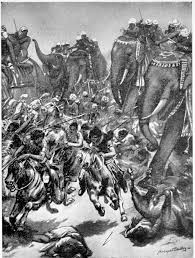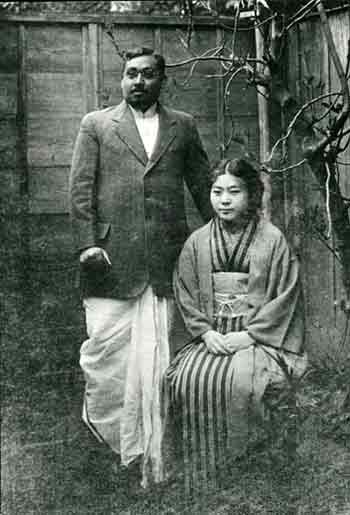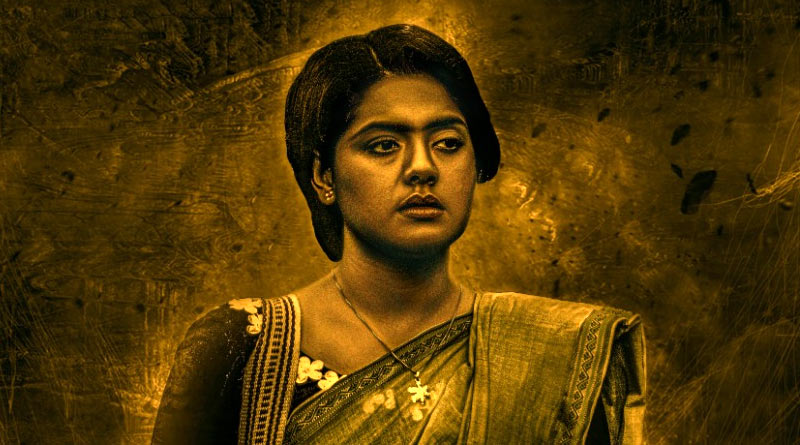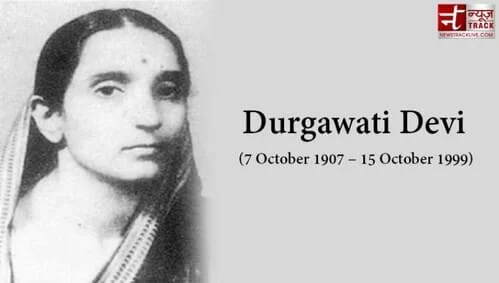In the annals of Indian military history, certain battles stand out as pivotal moments that shaped the destiny of the subcontinent. One such battle is the Battle of Sondani, a fiercely contested clash that unfolded during the early 16th century and had far-reaching implications for the political landscape of medieval India. Join us as we delve into the details of this historic confrontation, exploring its key players, strategic significance, and enduring legacy.
Background:
The Battle of Sondani took place in 1519 CE, amidst the turbulent political environment of medieval India. At the time, the Indian subcontinent was divided into numerous kingdoms and principalities, each vying for supremacy over its rivals. One of the most powerful dynasties of the period was the Sisodia Rajputs, who ruled the kingdom of Mewar in present-day Rajasthan.
The ruler of Mewar at the time was Rana Sanga, a formidable warrior and astute strategist who harbored ambitions of uniting the various Rajput clans under his leadership to challenge the growing influence of the Mughal Empire in North India. To achieve his goal, Rana Sanga sought to forge alliances with other Rajput rulers and engage in military campaigns against the Mughals and their allies.
The Players:
The primary actors in the Battle of Sondani were the forces of Rana Sanga of Mewar and the combined armies of Ibrahim Lodi, the Sultan of Delhi, and Raja Silhadi of Raisen. Rana Sanga commanded a formidable army comprising Rajput warriors, mercenaries, and allies from neighboring kingdoms, while Ibrahim Lodi led a well-equipped force bolstered by Afghan and Turkish cavalry.
The Prelude to Battle:
Tensions between Rana Sanga and Ibrahim Lodi had been simmering for some time, as both rulers sought to expand their spheres of influence at the expense of their rivals. The decisive moment came when Rana Sanga, emboldened by his growing coalition of Rajput allies, decided to confront Ibrahim Lodi and his allies head-on in the field of battle.
The stage was set for a dramatic showdown near the village of Sondani, located in present-day Madhya Pradesh. Both sides marshaled their forces and prepared for a confrontation that would determine the fate of North India.
The Battle Unfolds:
On the fateful day of the battle, the two armies clashed with ferocious intensity, as thousands of warriors on horseback and foot engaged in a deadly struggle for supremacy. The Rajput cavalry, renowned for its skill and valor, launched repeated charges against the enemy lines, seeking to break through and disrupt the cohesion of Ibrahim Lodi’s forces.
Meanwhile, Ibrahim Lodi’s troops, bolstered by their superior numbers and disciplined formations, mounted a determined defense, repelling the Rajput assaults and inflicting heavy casualties on their adversaries. The battle raged on for hours, with neither side willing to yield ground or concede defeat.
Turning Point:
As the sun began to set on the battlefield, the tide of the battle turned decisively in favor of Ibrahim Lodi and his allies. Despite their valiant efforts, the Rajput forces found themselves outnumbered and outmaneuvered, unable to withstand the relentless pressure exerted by the Sultan’s army.
In a desperate bid to turn the tide, Rana Sanga personally led a daring charge against the enemy lines, rallying his troops and inspiring them to redouble their efforts. However, his bold gambit ultimately proved unsuccessful, as Ibrahim Lodi’s forces held firm and repulsed the Rajput assault with decisive counterattacks.
Aftermath and Legacy:
The Battle of Sondani ended in a resounding victory for Ibrahim Lodi and his allies, consolidating their control over North India and dealing a severe blow to Rana Sanga’s ambitions of Rajput unity. The defeat at Sondani marked a turning point in the fortunes of the Rajputs, weakening their position and paving the way for the eventual conquest of North India by the Mughal Empire under Babur.
Despite their defeat, the Rajputs continued to resist Mughal dominance for centuries to come, preserving their martial traditions and cultural heritage in the face of adversity. The Battle of Sondani remains etched in the collective memory of the Rajput community as a symbol of valor, sacrifice, and resilience in the face of overwhelming odds.
In conclusion, the Battle of Sondani stands as a defining moment in Indian history, highlighting the complex interplay of political, military, and cultural forces that shaped the destiny of the subcontinent. As we reflect on this historic confrontation, we are reminded of the enduring legacy of courage and determination that continues to inspire future generations to uphold the principles of honor, loyalty, and perseverance in the face of adversity.






